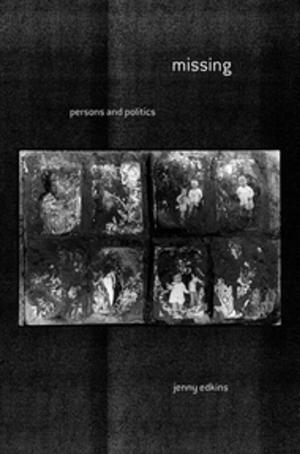| Author: | William S. Nickell | ISBN: | 9780801462542 |
| Publisher: | Cornell University Press | Publication: | December 15, 2009 |
| Imprint: | Cornell University Press | Language: | English |
| Author: | William S. Nickell |
| ISBN: | 9780801462542 |
| Publisher: | Cornell University Press |
| Publication: | December 15, 2009 |
| Imprint: | Cornell University Press |
| Language: | English |
In the middle of the night of October 28, 1910, Leo Tolstoy, the most famous man in Russia, vanished. A secular saint revered for his literary genius, pacificism, and dedication to the earth and the poor, Tolstoy had left his home in secret to embark on a final journey. His disappearance immediately became a national sensation. Two days later he was located at a monastery, but was soon gone again. When he turned up next at Astapovo, a small, remote railway station, all of Russia was following the story. As he lay dying of pneumonia, he became the hero of a national narrative of immense significance.
In The Death of Tolstoy, William Nickell describes a Russia engaged in a war of words over how this story should be told. The Orthodox Church, which had excommunicated Tolstoy in 1901, first argued that he had returned to the fold and then came out against his beliefs more vehemently than ever. Police spies sent by the state tracked his every move, fearing that his death would embolden his millions of supporters among the young, the peasantry, and the intelligentsia. Representatives of the press converged on the stationhouse at Astapovo where Tolstoy lay ill, turning his death into a feverish media event that strikingly anticipated today's no-limits coverage of celebrity lives—and deaths.
Drawing on newspaper accounts, personal correspondence, police reports, secret circulars, telegrams, letters, and memoirs, Nickell shows the public spectacle of Tolstoy's last days to be a vivid reflection of a fragile, anxious empire on the eve of war and revolution.
In the middle of the night of October 28, 1910, Leo Tolstoy, the most famous man in Russia, vanished. A secular saint revered for his literary genius, pacificism, and dedication to the earth and the poor, Tolstoy had left his home in secret to embark on a final journey. His disappearance immediately became a national sensation. Two days later he was located at a monastery, but was soon gone again. When he turned up next at Astapovo, a small, remote railway station, all of Russia was following the story. As he lay dying of pneumonia, he became the hero of a national narrative of immense significance.
In The Death of Tolstoy, William Nickell describes a Russia engaged in a war of words over how this story should be told. The Orthodox Church, which had excommunicated Tolstoy in 1901, first argued that he had returned to the fold and then came out against his beliefs more vehemently than ever. Police spies sent by the state tracked his every move, fearing that his death would embolden his millions of supporters among the young, the peasantry, and the intelligentsia. Representatives of the press converged on the stationhouse at Astapovo where Tolstoy lay ill, turning his death into a feverish media event that strikingly anticipated today's no-limits coverage of celebrity lives—and deaths.
Drawing on newspaper accounts, personal correspondence, police reports, secret circulars, telegrams, letters, and memoirs, Nickell shows the public spectacle of Tolstoy's last days to be a vivid reflection of a fragile, anxious empire on the eve of war and revolution.















